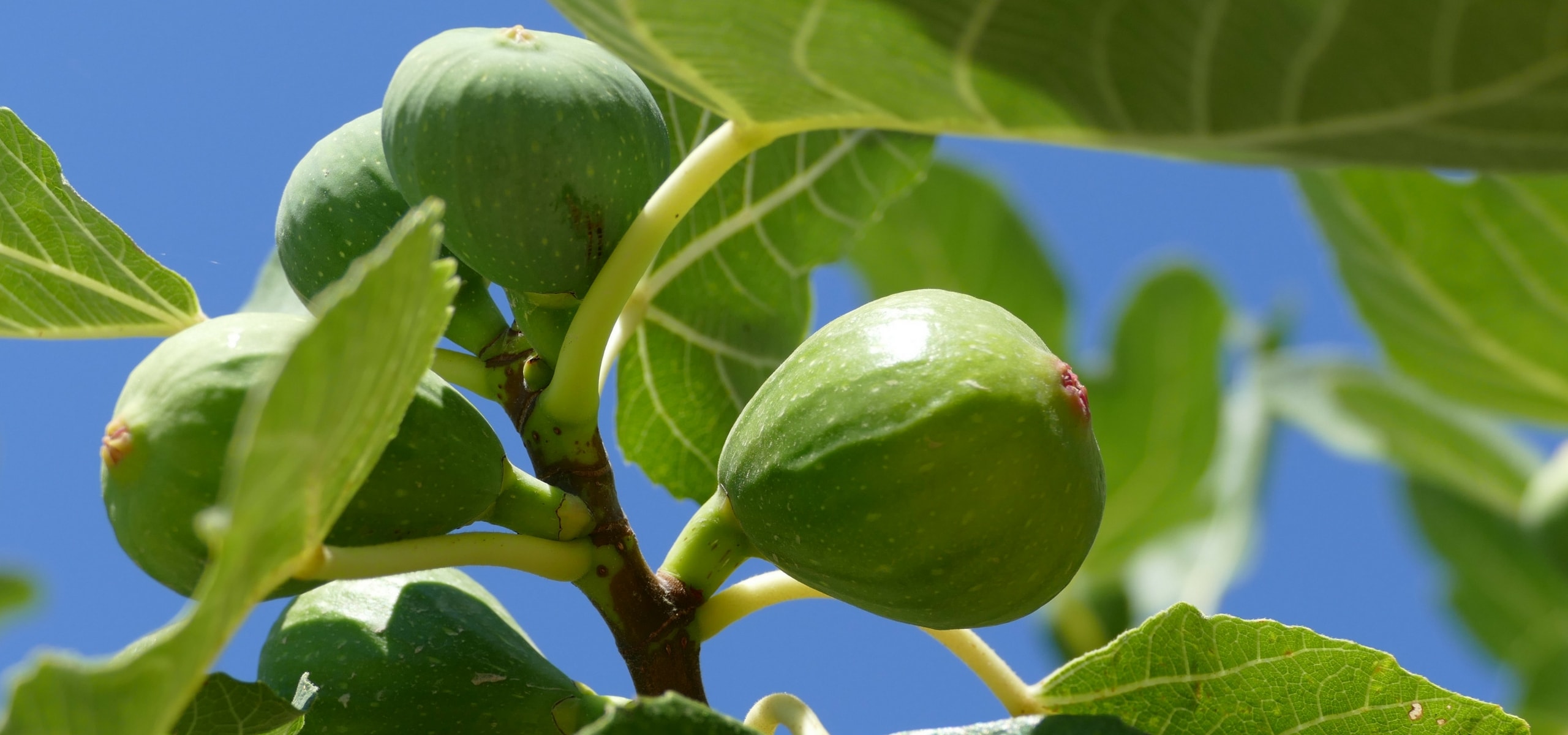
Ficus: planting, pruning and maintenance
Our tips for harvesting beautiful figs
Contents
The fig tree (Ficus carica) is a highly ornamental fruit tree that offers both delicious sweet fruits and stunning foliage. By choosing the right variety, you can grow it almost anywhere. Here are our tips for properly planting, pruning, and caring for it to harvest beautiful figs!
Planting a fig tree: the best place
The fig tree requires, to bear fruit well, a sunny position sheltered from strong winds, especially north of the Loire.
It adapts to a wide range of soil types, even poor, stony, and dry, even rocky soils. Its preference is for deep, loose, and chalky soils.
You can plant it against a wall that will protect it from the cold during harsh winters, with a south or south-west exposure, while knowing that its roots are strong and running.
Also take into account its dimensions at maturity to determine the distance at which you will plant it. If you have limited space, choose varieties that can be grown in pots like ‘Ice Crystal’.
The varieties of the common fig are self-fertile and parthenocarpic. They allow for fruit production without fertilization. These varieties do not require the presence of other fig trees and do not need the intervention of the blastophage, the only pollinating insect of the fig tree, which is too sensitive to survive in cold climates.
Discover other Fig trees
View all →Available in 0 sizes
Available in 3 sizes
Available in 1 sizes
Available in 3 sizes
Available in 3 sizes
Available in 4 sizes
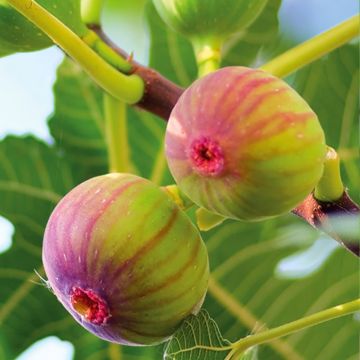
Available in 1 sizes
Available in 3 sizes
Available in 2 sizes
Available in 2 sizes
When and how to plant?
The fig tree is planted from November to the end of March, outside of frost periods. In the coldest regions, it is preferable to plant early in spring.
At the time of planting, install a layer of gravel at the bottom of the planting hole and add a mixture of garden soil and potting soil (or well-matured compost).
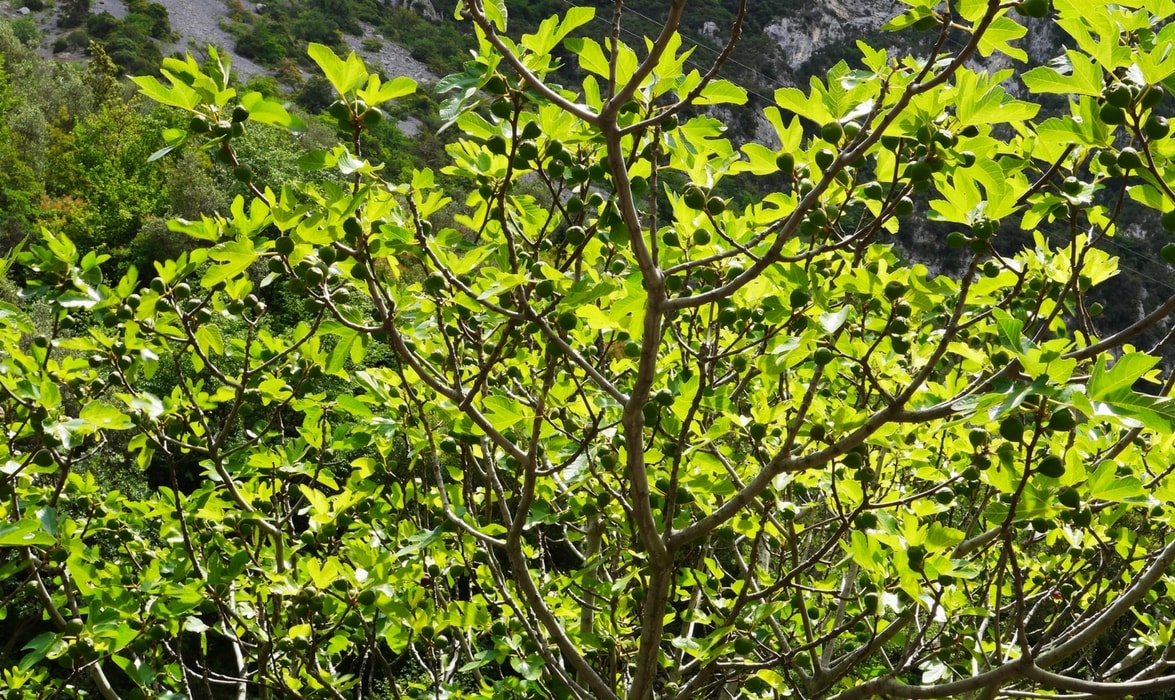
Read also
How to plant a fruit tree?Pruning the fig tree
The pruning of fig tree is important. Its hollow wood heals poorly, so it is advisable not to prune it too severely, especially in winter when it is more fragile.
Prefer a pruning at the beginning of spring during the sap rise.
- In April, it is recommended to pinch the young shoots, meaning to trim the tip with your nails. For well-formed fig trees, use pruning shears and cut above the 2nd eye on this year’s shoots.
- From September to November (December for southern regions), cut the shoots that have borne fruit to improve the next fruiting and the upcoming harvest.
Paint the pruning wounds with a healing agent such as clay.
Care to be provided
In the first two years following the planting of the fig tree, it is essential to ensure it does not lack water, especially during the summer months, as its root system, although capable of sourcing it deeply from the soil, is not yet sufficiently developed.
The fig tree is not very susceptible to diseases and pests. The addition of a special organic fertiliser for fig trees will be beneficial for productivity.
To learn more about the fig tree
- Read our article: “Fig tree: the essential varieties for the garden”
- Subscribe!
- Contents































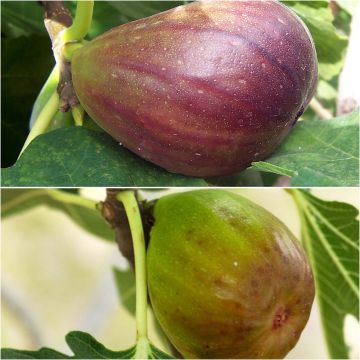

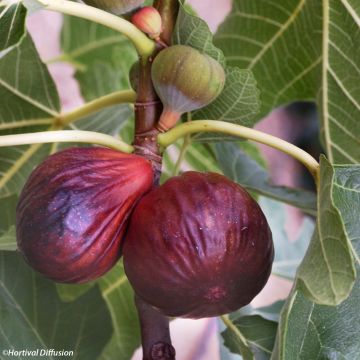
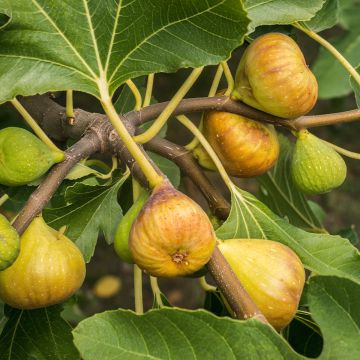
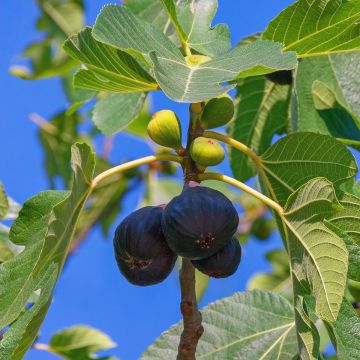
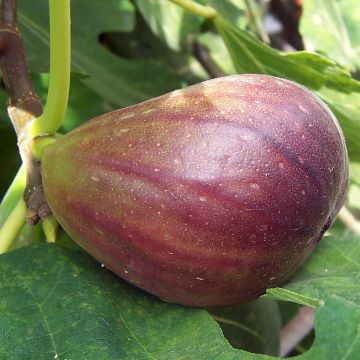
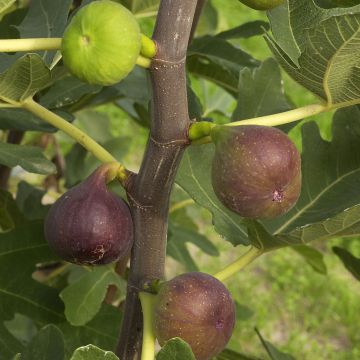
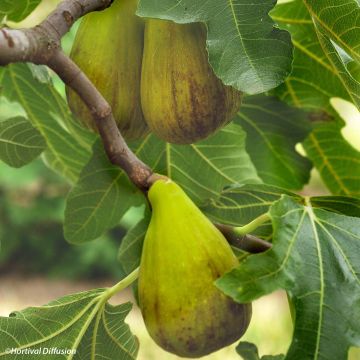
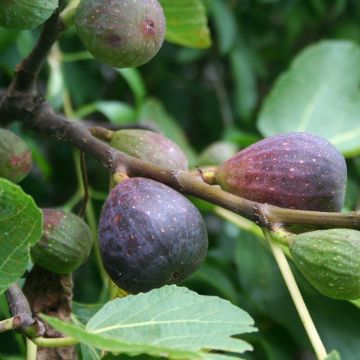
Comments